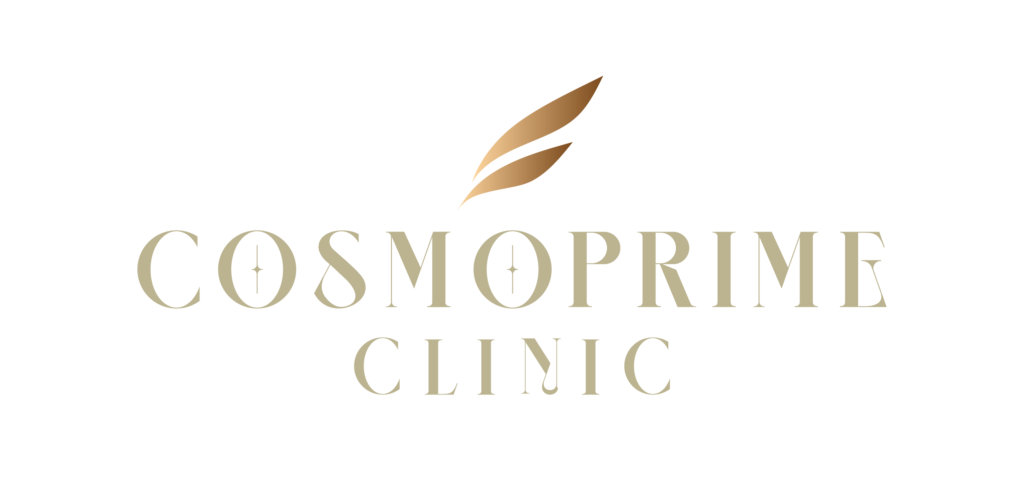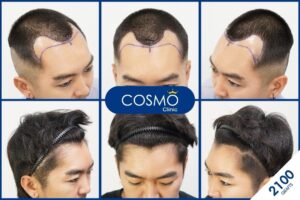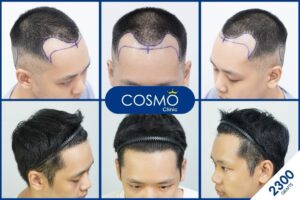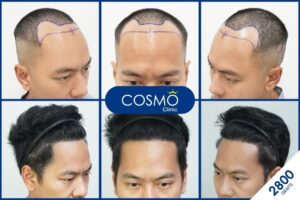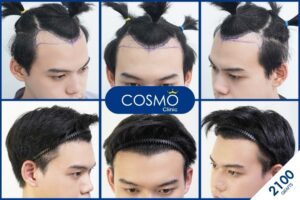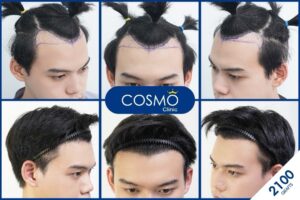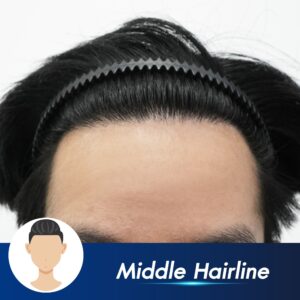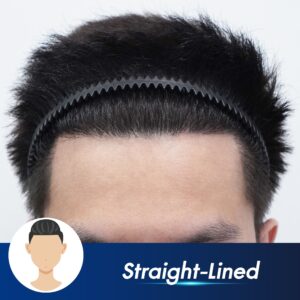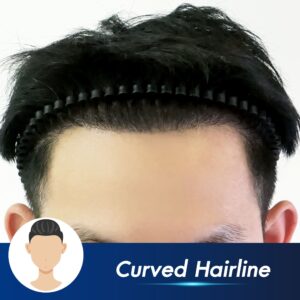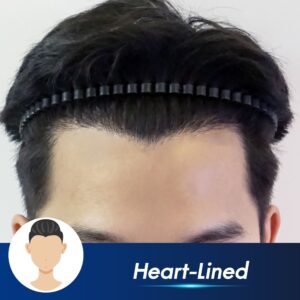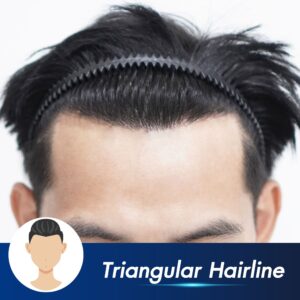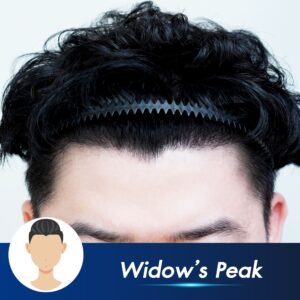When it comes to hair restoration, achieving a natural-looking hairline is paramount. Hair transplants have revolutionized the way people address hair loss, offering solutions that are not only effective but also aesthetically pleasing. This guide explores the secrets of natural hairline design, shedding light on the techniques, factors, and expertise involved in creating seamless results.
Unlocking the Secrets of Natural Hairline Design
What is Natural Hairline Design?
Natural hairline design refers to the meticulous planning and placement of hair follicles during a hair transplant to mimic the natural growth pattern. A well-designed hairline:
- Frames the face harmoniously.
- Matches the individual’s age and facial features.
- Appears indistinguishable from natural hair growth.
The Art and Science Behind Hairline Design
Designing a natural hairline is both an art and a science. It involves:
-
Artistic Considerations
- Understanding facial symmetry and proportions.
- Balancing density and positioning for a realistic look.
-
Scientific Techniques
- Precise follicular unit extraction (FUE) or follicular unit transplantation (FUT).
- Utilizing single-hair grafts for the frontal hairline.
Key Factors in Designing a Natural Hairline
Achieving a flawless hairline involves several key considerations:
-
Age and Gender
- A younger individual may prefer a lower, denser hairline, while older patients might opt for a more mature look.
- Gender-specific differences, like the soft curves for women and straighter hairlines for men, are crucial.
-
Hair Texture and Type
- The curl, density, and thickness of the donor hair impact the final result.
-
Ethnic Variations
- Customizing hairlines to suit ethnic characteristics ensures authenticity.
-
Individual Preferences
- Some patients prefer subtle enhancements, while others seek dramatic changes.
Techniques for Achieving Natural Hairline Design
-
Follicular Unit Extraction (FUE)
This minimally invasive technique involves extracting individual hair follicles from the donor area and implanting them in the recipient area.- Advantages: Minimal scarring, quick recovery, and precise placement.
- Disadvantages: Requires advanced skill for optimal results.
-
Follicular Unit Transplantation (FUT)
FUT involves removing a strip of skin with hair follicles and implanting them in the desired area.- Advantages: High follicle survival rate and ability to cover larger areas.
- Disadvantages: Linear scarring may occur.
-
Direct Hair Implantation (DHI)
DHI uses a specialized implanter pen for direct follicle insertion, ensuring precise angles and depth.- Advantages: Faster procedure and natural alignment.
- Disadvantages: More expensive than other methods.
Expert Tips for Flawless Hairline Design
-
Consult with a Specialist
Choose a skilled surgeon with extensive experience in natural hairline design. -
Plan for Future Hair Loss
A strategic design accounts for potential hair thinning over time. -
Use Advanced Technology
High-resolution imaging and simulation tools allow you to visualize the expected outcome. -
Prioritize a Gradual Transition
Incorporate single-hair grafts at the front and multi-hair grafts behind for a seamless gradient. -
Follow Post-Procedure Care
Proper aftercare, including gentle washing and avoiding sun exposure, is critical for long-lasting results.
Benefits of a Natural Hairline Design
-
Improved Confidence
A natural hairline enhances your overall appearance, boosting self-esteem. -
Undetectable Results
Advanced techniques ensure no one can tell you’ve had a transplant. -
Longevity
A well-executed hair transplant can last a lifetime with proper care. -
Customization
Tailored designs ensure your hairline looks authentic and suits your individuality.
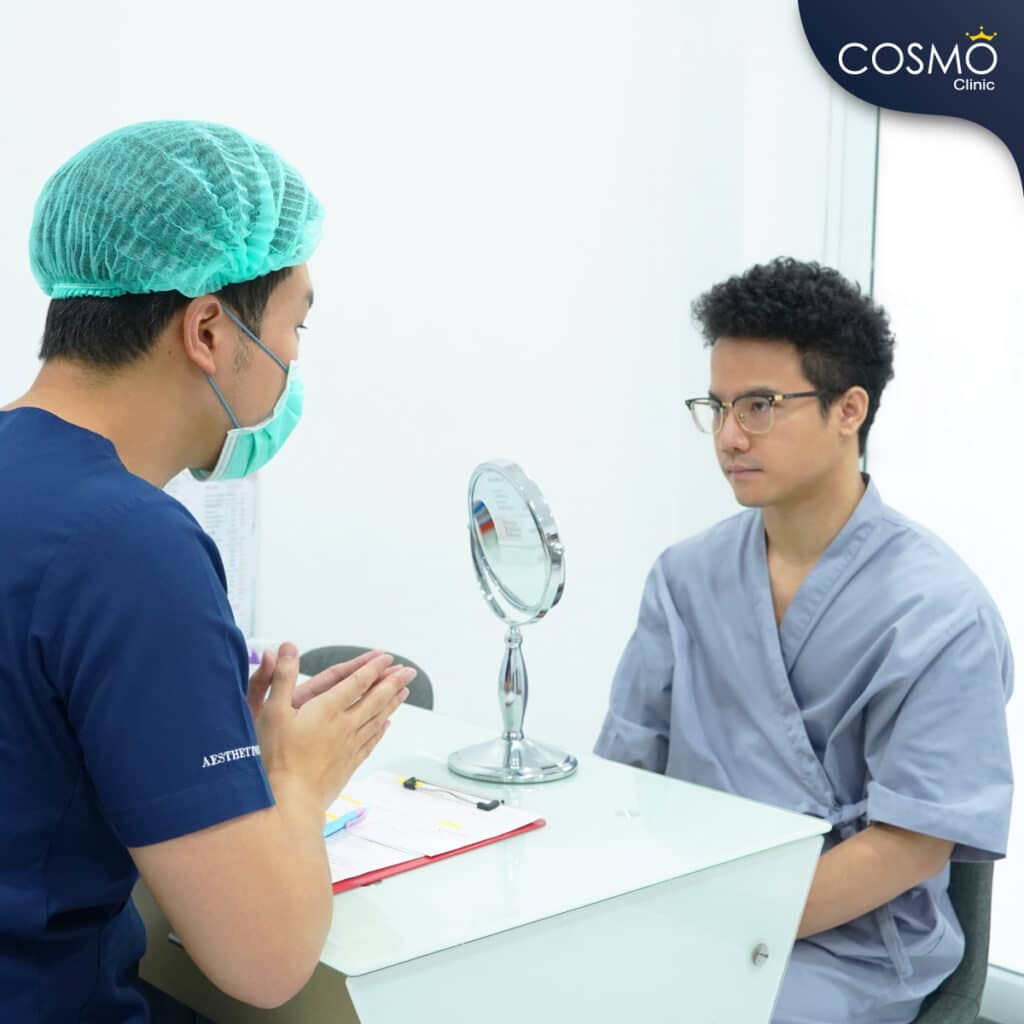

FAQs About Natural Hairline Design in Hair Transplants
-
How Long Does It Take to See Results?
Hair growth typically begins around 6-8 months post-transplant, with full results visible in 12-18 months. -
Is the Procedure Painful?
Most patients report minimal discomfort due to local anesthesia and modern techniques. -
What is the Cost of Hairline Transplants?
Prices vary depending on the technique, clinic, and location, but quality is key when choosing a provider. -
Are There Any Risks?
Common side effects include swelling and redness, which usually subside within a few days. -
Who is an Ideal Candidate?
Individuals with stable hair loss and sufficient donor hair are typically good candidates.
conclusion
Natural hairline design is the cornerstone of a successful hair transplant. By combining artistic vision with scientific precision, experts can restore hairlines that look indistinguishably natural. Whether you’re considering a transplant to combat hair loss or enhance your appearance, understanding the principles of hairline design ensures you achieve the best possible outcome.
